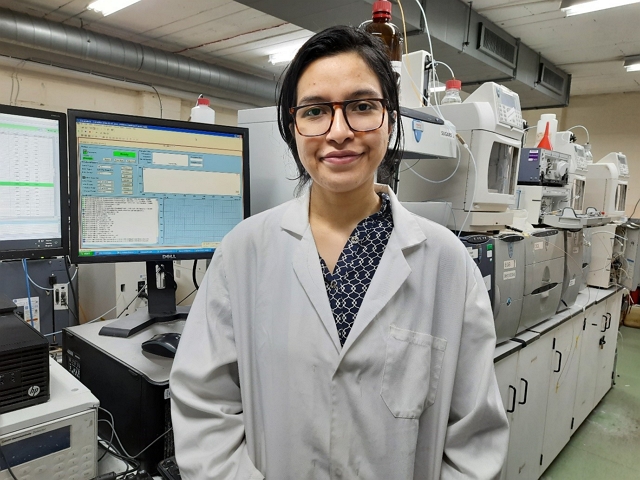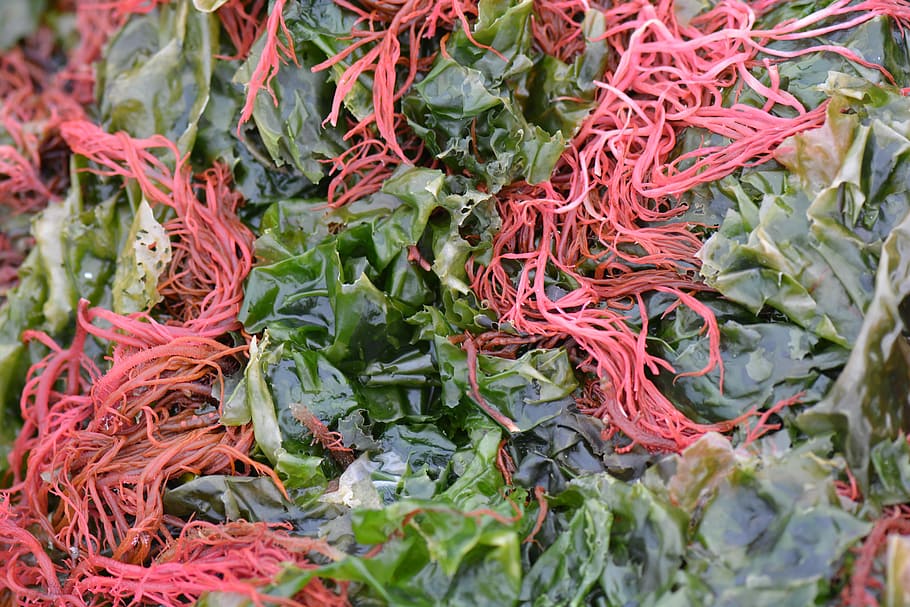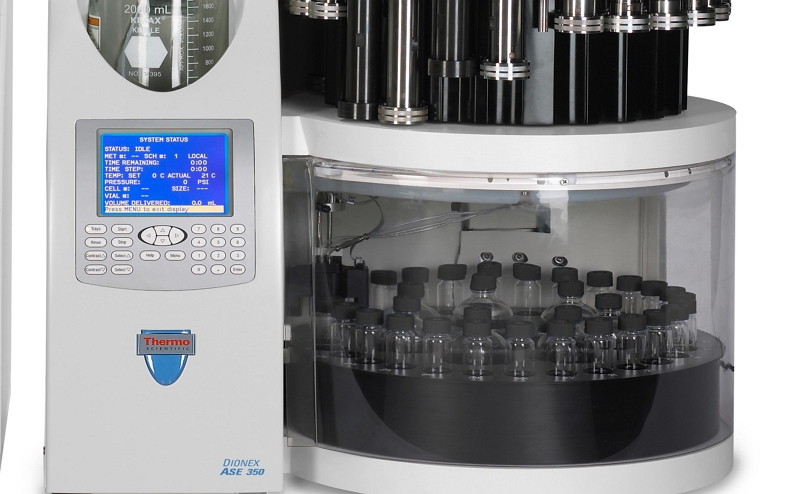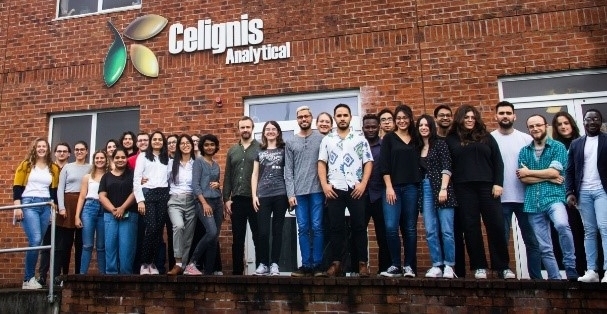Analysis of Phycobiliproteins
Background
Phycobiliproteins are a type of protein-pigment found in cyanobacteria (blue-green algae)
and in the light-harvesting complexes of red algae and cryptophytes. These proteins play key roles in
the process of photosynthesis by capturing light energy and passing it on to chlorophylls, where it is converted into chemical energy.
Three of the main types of phycobiliproteins are listed below:
Three of the main types of phycobiliproteins are listed below:
- Phycoerythrin - This is the most common phycobiliprotein found in red seaweed. It absorbs green light (around 550 nm) and emits red light.
- Phycocyanin - This protein is found in both cyanobacteria and red algae. It absorbs orange light (around 620 nm) and emits blue or cyan light.
- Allophycocyanin - This protein also absorbs light in the orange spectrum (around 650 nm) and emits red or far-red light.
The distinctive color of phycobiliproteins comes from their conjugated protein-pigment complexes, which can absorb specific
wavelengths of light. The color and type of phycobiliprotein predominant in a specific algae species is often adapted to the
light conditions of their environment. For example, red algae living at greater depths where blue light is most available
will often have a higher concentration of phycoerythrin, which can effectively absorb this blue light.
Beyond their role in photosynthesis, phycobiliproteins have found use in various applications due to their fluorescence properties and abilities to form stable complexes. They are used as fluorescent tags in biological research, in immunoassays, and in flow cytometry, among other applications. They are also investigated for their potential health benefits, such as antioxidant and anti-inflammatory properties.
Beyond their role in photosynthesis, phycobiliproteins have found use in various applications due to their fluorescence properties and abilities to form stable complexes. They are used as fluorescent tags in biological research, in immunoassays, and in flow cytometry, among other applications. They are also investigated for their potential health benefits, such as antioxidant and anti-inflammatory properties.
Phycobiliproteins in Different Types of Biomass
Examples of some phycobiliproteins found in red seaweed are listed below:
Get more info...Red Seaweed
- Phycoerythrin -This is the most common phycobiliprotein found in red algae. One red seaweed species that contains phycoerythrin is Porphyra (also known as Nori, widely used in sushi), specifically the type called Porphyra umbilicalis.
- Phycoerythrin Subtypes - There are also subtypes of phycoerythrin, referred to with either R, C, or B prefixes, present in some red seaweeds. For example: Gracilaria tikvahiae contains R-phycoerythrin, Ceramium rubrum contains C-Phycoerythrin, and Porphyridium cruentum contains B-phycoerythrin.
- Phycocyanin - Its presence is usually associated with bluish colour in algae. An example of a red seaweed species that contains phycocyanin is Antithamnionella spirographidis.
- Phycocyanin Subtype - C-phycocyanin can be found in red algae like Antithamnionella spirographidis.
- Allophycocyanin - This phycobiliprotein is generally less abundant in red seaweed than phycoerythrin. Species of Gracilaria, a red seaweed widely used for agar production, contain allophycocyanin.
Get more info...Red Seaweed
Extraction of Phycobiliproteins from Biomass
The extraction process, including the solvents and methods used, can influence the concentration and types of phycobiliproteins present in the final extract.
It is often the case that a balance needs to be found between fully-extracting all phycobiliproteins while also ensuring that the compounds that are
obtained are of a high quality and not degraded.
At Celignis we have extensive experience in the design and optimisation of extraction protocols for a wide variety of chemical constituents from many different biomass types. If needed we can also work on processes to separate and purify the target compounds.
Click here to read more about Celignis's Bioprocess Development Services for the extraction of chemicals from biomass.
Get more info...Biomass Extractions
At Celignis we have extensive experience in the design and optimisation of extraction protocols for a wide variety of chemical constituents from many different biomass types. If needed we can also work on processes to separate and purify the target compounds.
Click here to read more about Celignis's Bioprocess Development Services for the extraction of chemicals from biomass.
Get more info...Biomass Extractions
Analysis of Phycobiliproteins at Celignis
We have the necessary equipment and expertise to determine the amount and distribution of phycobiliproteins in
a wide variety of biomass samples.
Feel free to get in touch with us to request further information and a quotation.
Request a QuotePhycobiliproteins Analysis
Feel free to get in touch with us to request further information and a quotation.
Request a QuotePhycobiliproteins Analysis






